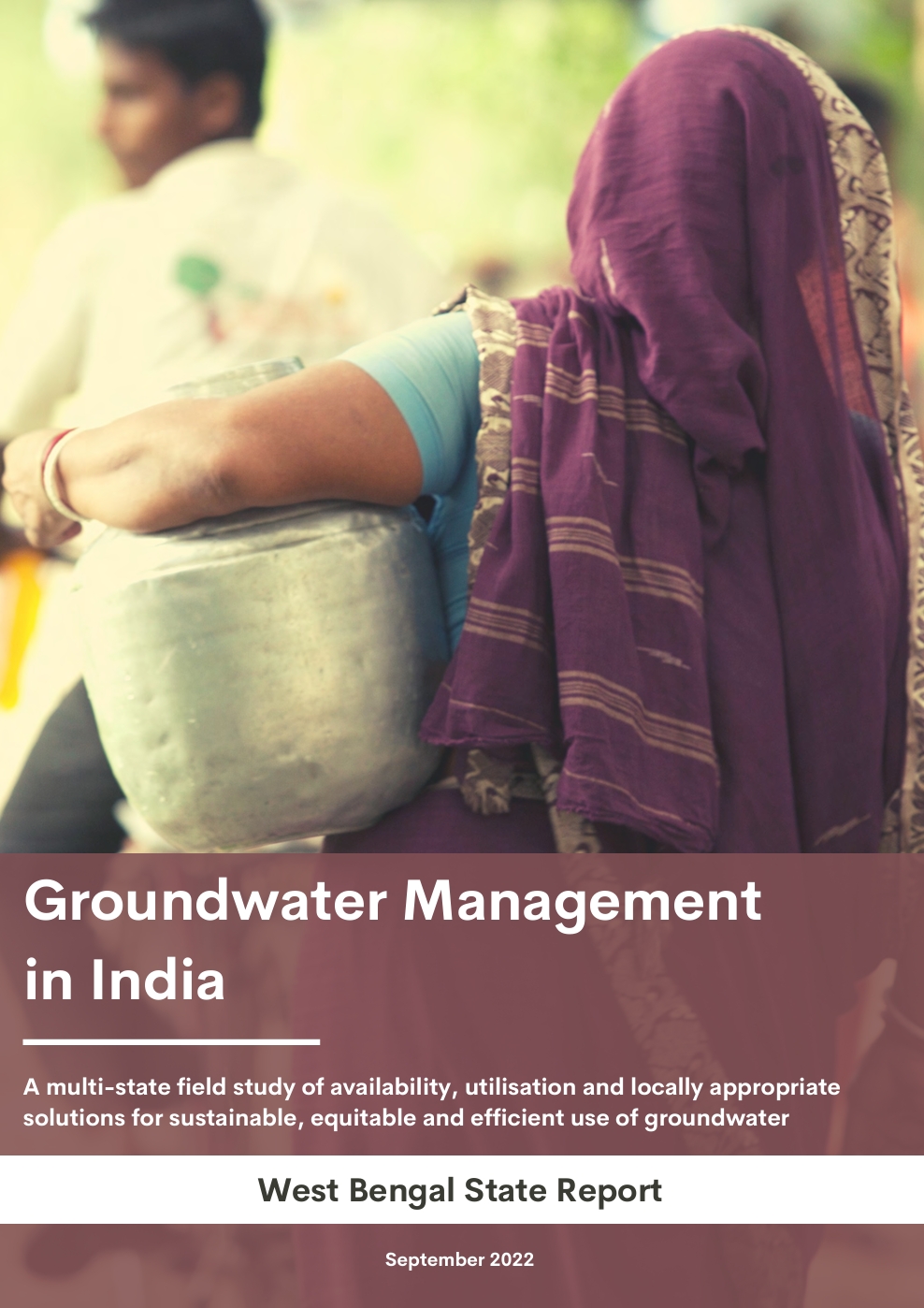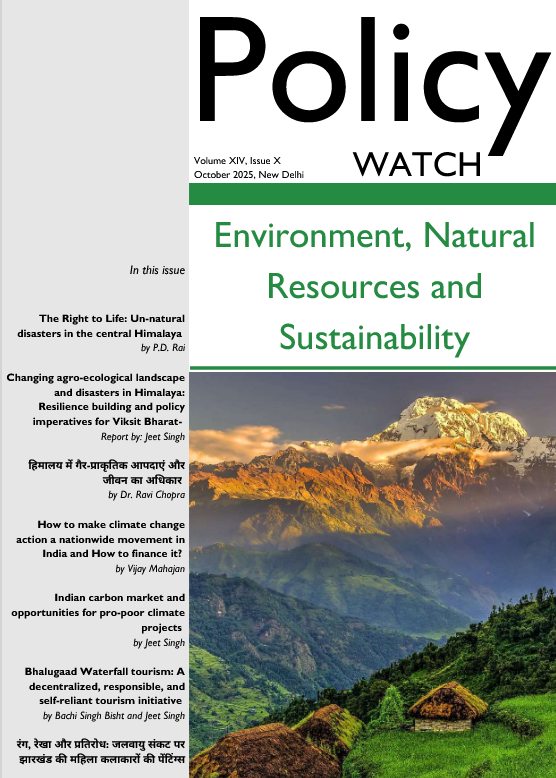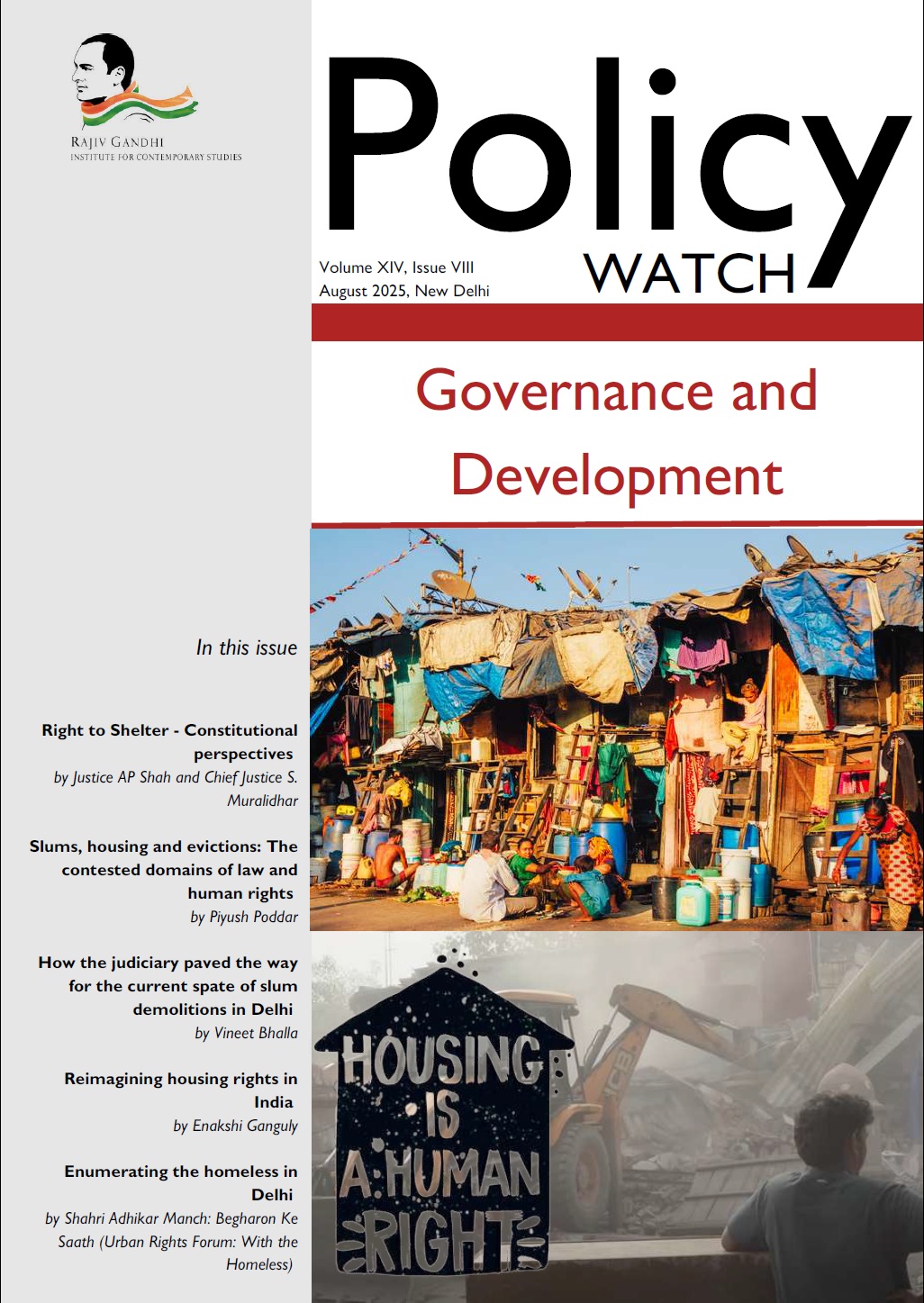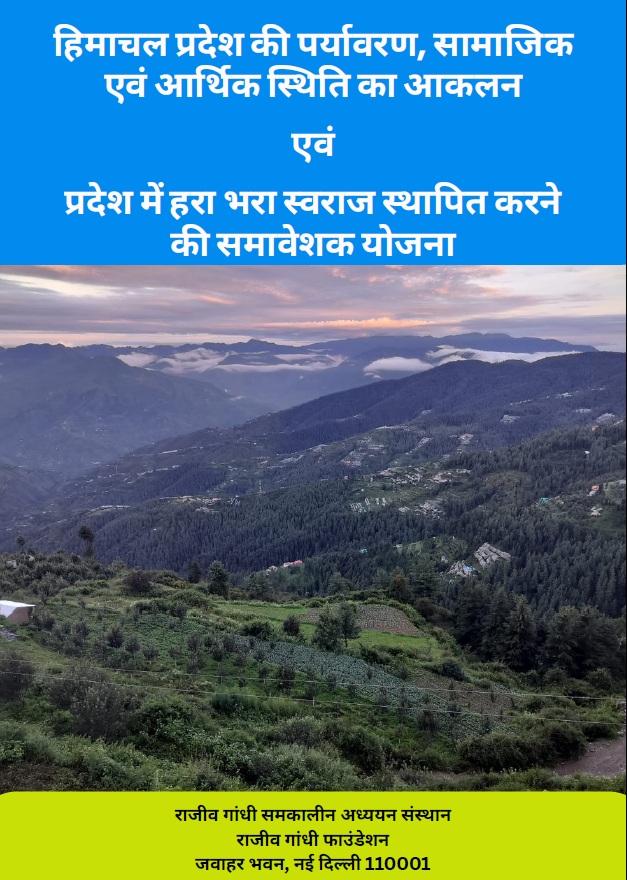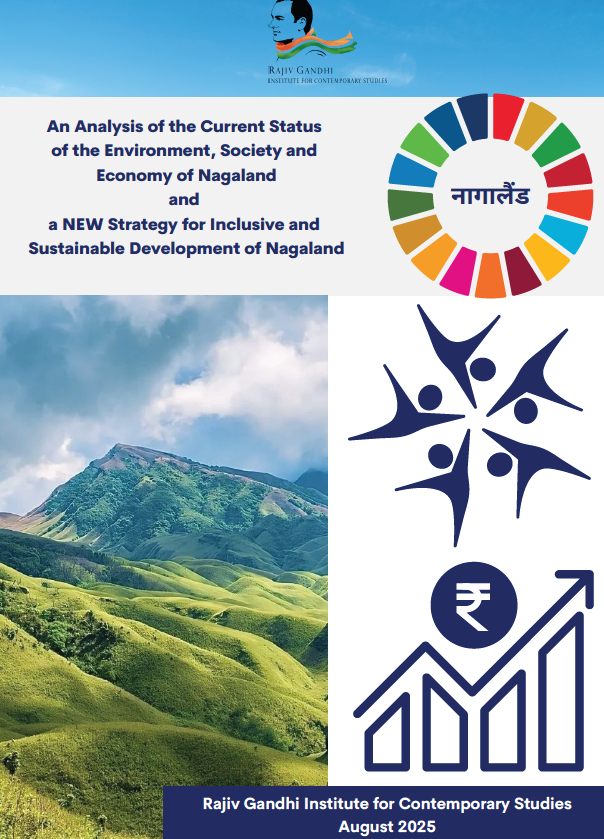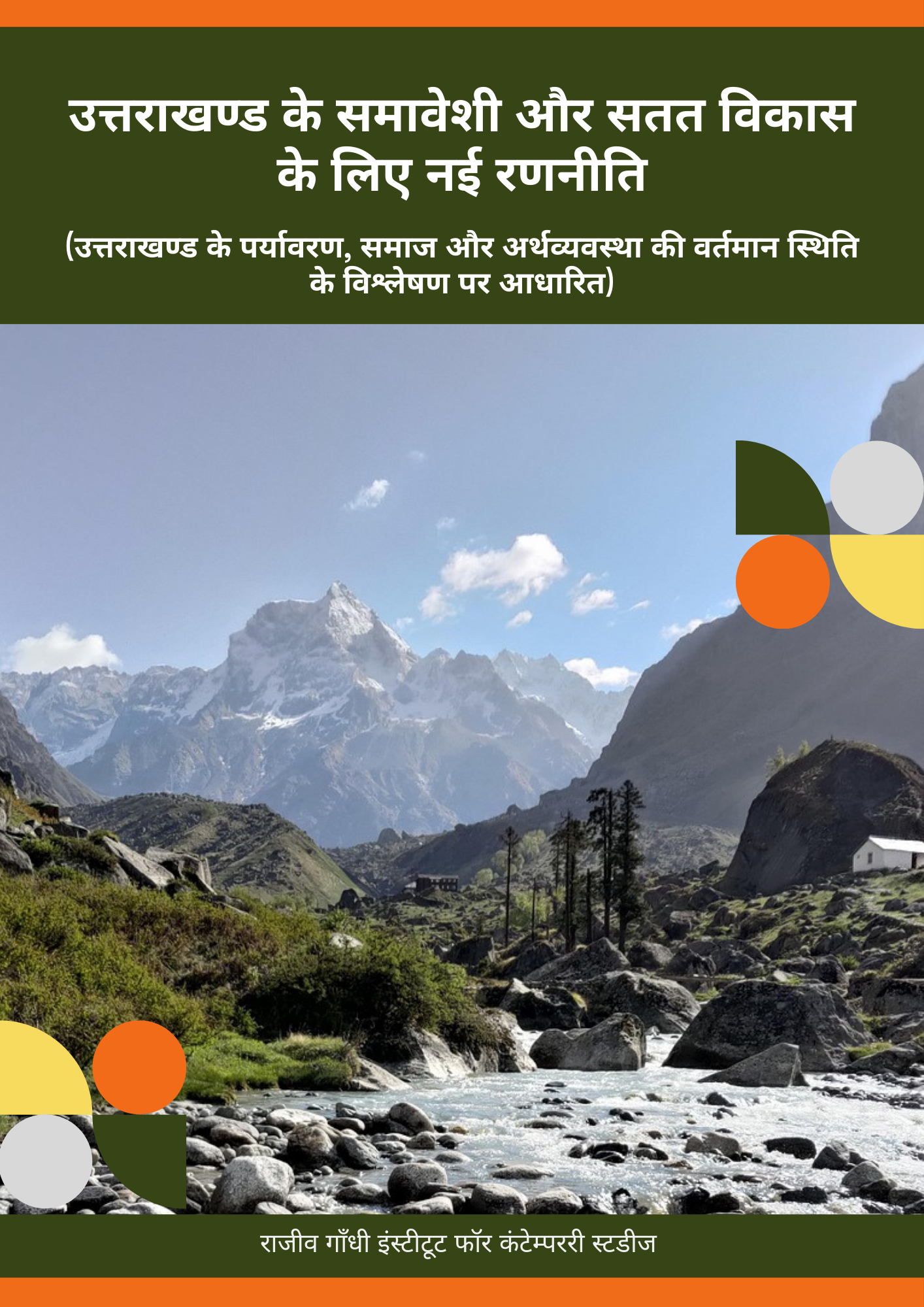West Bengal’s groundwater situation is complex and increasingly under stress. The Sundarbans are facing rising salinity, making fresh water scarce. In the Himalayan foothills, springs that once provided steady water flow are now drying up, impacting both drinking water and farming. The Red Lateritic Zone in western West Bengal struggles with low groundwater availability and poor soil retention, making agriculture difficult. Although the state withdraws less than half of its available groundwater annually, many regions are already classified as semi-critical or critical. Additionally, arsenic contamination in some areas is a growing public health concern. On the bright side, community-driven efforts such as watershed management, aquifer storage, and springshed rejuvenation have shown success in restoring local water sources.
Different parts of the state face unique water challenges. The Sundarbans are battling saltwater intrusion due to rising sea levels and excessive groundwater extraction, affecting both drinking water and irrigation. The foothills of the Himalayas are seeing less water from springs, which locals rely on year-round. In contrast, western districts suffer from high runoff and soil erosion, preventing effective groundwater recharge. Meanwhile, urban and industrial areas contribute to groundwater pollution, further limiting safe access to water.
West Bengal has laws like the Groundwater Resources Management Act (2005) and the East Kolkata Wetlands Conservation Act (2006), but poor enforcement and lack of public awareness reduce their effectiveness. Without stronger governance, groundwater depletion will only get worse.
Despite the challenges, there are successful local initiatives that offer hope. Farmers in some areas have revived traditional rainwater harvesting, while villagers in the Himalayas have come together to manage their springsheds. In the Sundarbans, artificial recharge systems are helping reduce water shortages. The report emphasizes that a combination of strong policies, community participation, and better groundwater recharge techniques is the key to securing West Bengal’s water future.
Keywords: Groundwater, Recharge, Utilization, Aquifer, Irrigation, Sundarbans, Springshed, Conservation, Sustainability, Management, West Bengal
Groundwater Management in India - West Bengal State Report
Send download link to:

